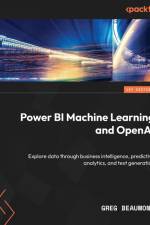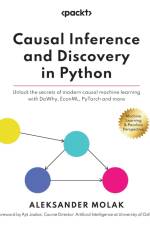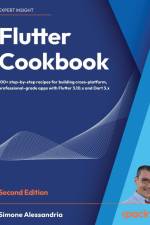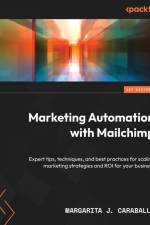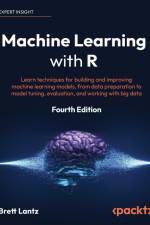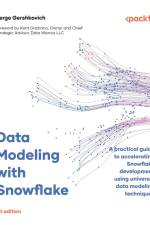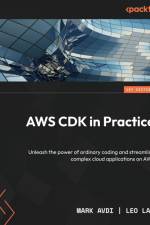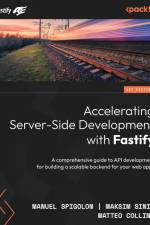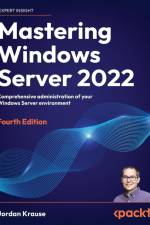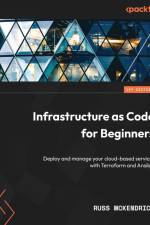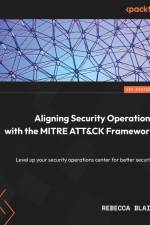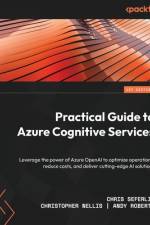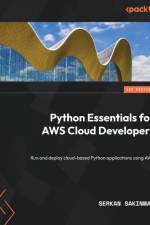av Olushola Akande
679,-
Explore industrial automation and control-related concepts like the wiring and programming of VFDs and PLCs, as well as smart factory (Industry 4.0) with this easy-to-follow guidePurchase of the print or Kindle book includes a free PDF eBookKey FeaturesLearn the ins and outs of industrial automation and control by taking a pragmatic approachGain practical insights into automating a manufacturing process using PLCsDiscover how to monitor and control an industrial process using HMIs and SCADABook DescriptionIndustrial automation has become a popular solution for various industries looking to reduce manual labor inputs and costs by automating processes. This book helps you discover the abilities necessary for excelling in this field.The book starts with the basics of industrial automation before progressing to the application of switches, sensors, actuators, and motors, and a direct on-line (DOL) starter and its components, such as circuit breakers, contactors, and overload relay. Next, you'll explore VFDs, their parameter settings, and how they can be wired and programmed for induction motor control. As you advance, you'll learn the wiring and programming of major industrial automation tools - PLCs, HMIs, and SCADA. You'll also get to grips with process control and measurements (temperature, pressure, level, and flow), along with analog signal processing with hands-on experience in connecting a 4-20 mA transmitter to a PLC. The concluding chapters will help you grasp various industrial network protocols such as FOUNDATION Fieldbus, Modbus, PROFIBUS, PROFINET, and HART, as well as emerging trends in manufacturing (Industry 4.0) and its empowering technologies (such as IoT, AI, and robotics).By the end of this book, you'll have gained a practical understanding of industrial automation concepts for machine automation and control.What you will learnGet to grips with the essentials of industrial automation and controlFind out how to use industry-based sensors and actuatorsKnow about the AC, DC, servo, and stepper motorsGet a solid understanding of VFDs, PLCs, HMIs, and SCADA and their applicationsExplore hands-on process control systems including analog signal processing with PLCsGet familiarized with industrial network and communication protocols, wired and wireless networks, and 5GExplore current trends in manufacturing such as smart factory, IoT, AI, and roboticsWho this book is forThis book is for both graduates and undergraduates of electrical, electronics, mechanical, mechatronics, chemical or computer engineering, engineers making a career switch, or anyone looking to pursue their career in the field of industrial automation. The book covers topics ranging from basic to advanced levels, and is a valuable reference for beginner-level electrical, IIoT, automation, process, instrumentation and control, production, and maintenance engineers working in manufacturing and oil and gas industries, among others.Table of ContentsIntroduction to Industrial AutomationSwitches and Sensors - Working Principles, Applications, and WiringActuators and Their Applications in Industrial AutomationOverview of AC and DC MotorsIntroduction to Variable Frequency Drive (VFD)Drawing Schematic/Wiring Diagrams Using CAD SoftwareUnderstanding PLC Hardware and WiringUnderstanding PLC Software and Programming with TIA PortalDeep Dive into PLC Programming with TIA PortalUnderstanding Human Machine Interfaces (HMIs)(N.B. Please use the Look Inside option to see further chapters)



